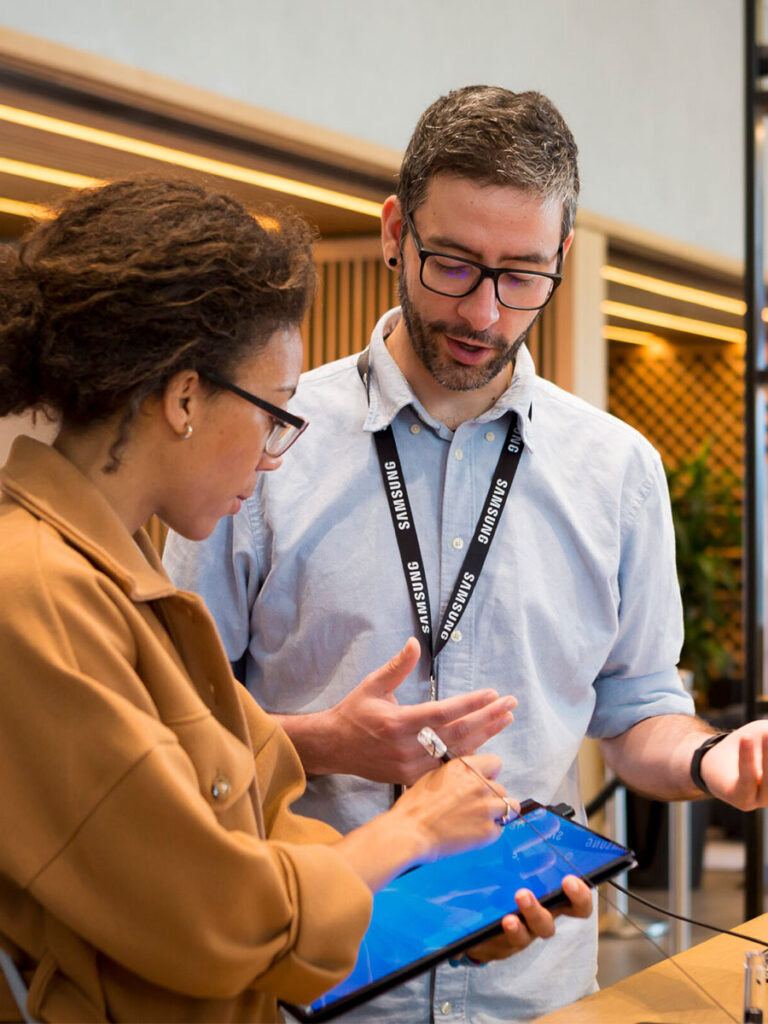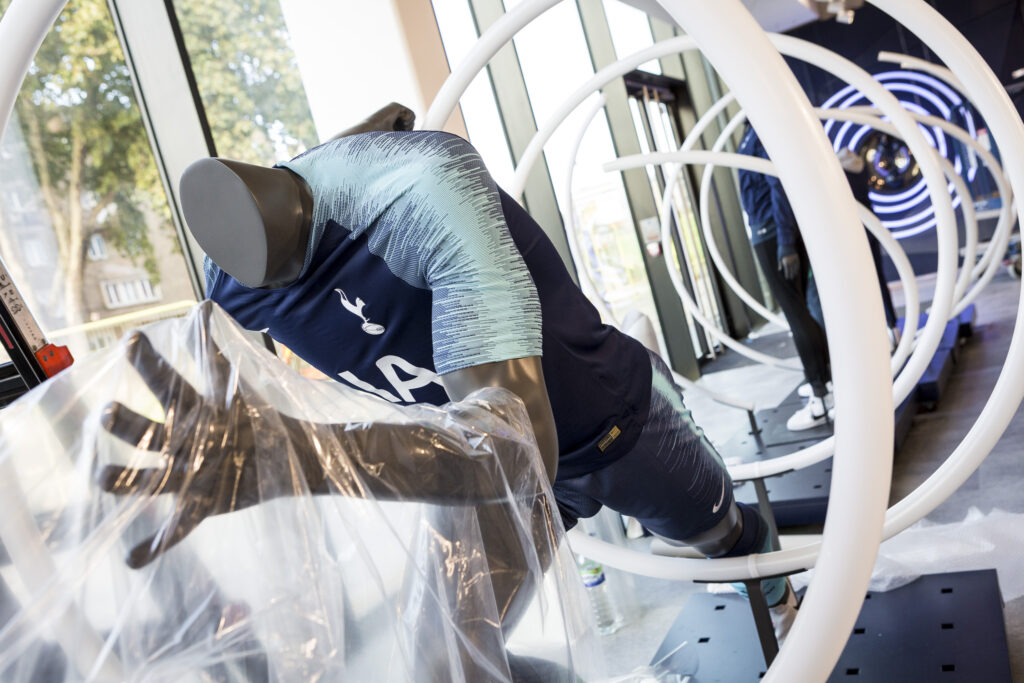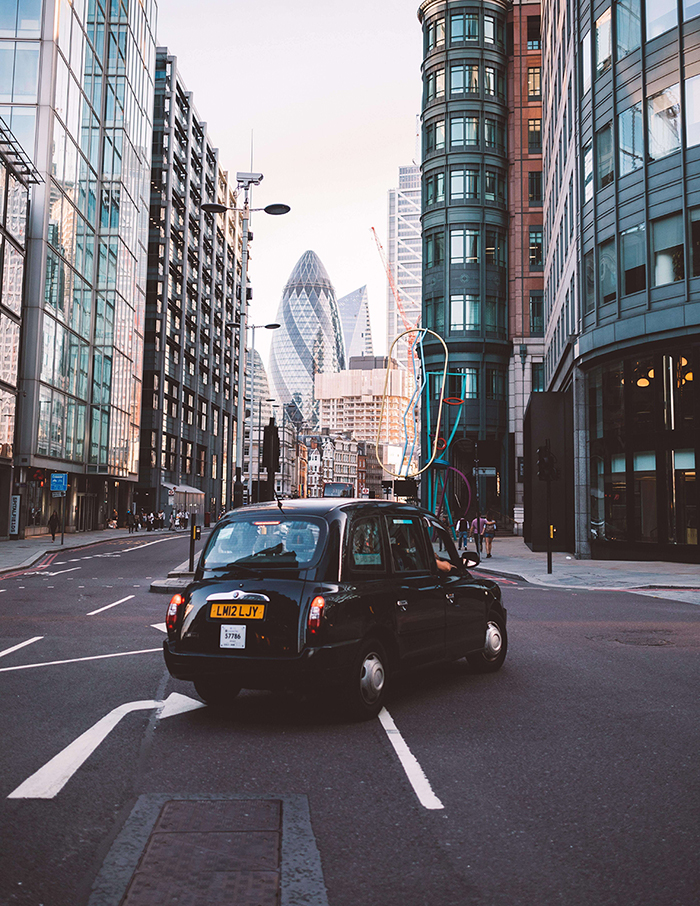How wise our forefathers B. Joseph Pine II and James H. Gilmore were to identify and shine a light on the experience economy in the late Nineties.
In fact, previous economic forecasters had predicted the value experience would bring to consumers as far back as 1970, so the current retail trend for drawing shoppers in with entertaining, meaningful and engaging encounters has been a long time in the making. Pine and Gilmore use a birthday cake analogy to simplify economic progress in their 1998 article, Welcome to the Experience Economy, beginning with the agrarian economy, which they liken to cakes being made from scratch, using ingredients from the farm.
The subsequent industrial, goods-based economy they compare with using more convenient pre-mixed, packaged cake ingredients, followed by the service economy – symbolised by parents outsourcing to bakeries or buying ready-made birthday cakes from the supermarket. And finally, the emergence of the experience economy is likened to purpose-built kids’ entertainment venues laying on all-inclusive birthday experiences, with the cake simply a part of the package. And finally, the emergence of the experience economy is likened to purpose-built kids’ entertainment venues laying on all inclusive birthday experiences, with the cake simply a part of the package.
Pine and Gilmore spotted the need for businesses to look beyond offering goods and services, and to embrace the idea of delivering something extra that would appear desirable, enjoyable, beneficial and memorable to their customers. Indeed, the caption on their 1999 book, The Experience Economy, reads ‘Work is a theatre and every business is a stage’.


Some businesses have been nailing this concept for decades.
Of course, organisations and venues set up purely to entertain and delight their customers already provide experiences – it is their sole purpose and what they do best. But when you extend the idea of experience into retail, particularly in the modern age of tech and innovation, you need a creative, forward-thinking team to drive the strategy and deliver targeted experiences that shoppers will truly want to engage with.
One early adopter of retail experiences was Nike, who opened Niketown in various global locations in 1999 including London’s Oxford Circus store, the largest of the outlets at that time. The idea behind the store was to give the brand a platform from which to launch and showcase products, create intrigue, hold events and grow love for the brand.
Laid out with streets and road signs, the town square played host to sports clinics and Q&A sessions with inspirational athletes, as well as three additional spaces dedicated to sports such as golf, running and football. In 2010, the Oxford Circus branch extended from three floors to four, offering a host of new experiences such as the NIKEiD studio where customers could design and customise their own sportswear.

Today’s Niketown continues to impress with different personalisation stations and a greener approach, offering a clothing repair service and a place to recycle worn out trainers. Pine and Gilmore explain experiences can be defined by one or more of the following: entertaining, educational, aesthetic (environmental) and escapism.
The dream scenario for any brand would be to deliver on all four in one mind-blowing, never to be forgotten experience, but more often one or two elements are focused on experience design, such as entertainment and escapism. In 2017, Squire Patton Boggs and Retail Economics carried out a survey of 2000 UK consumers, applying this four-pronged model to the retail industry to ascertain which type of experience most appeals to each demographic.
Their findings showed the environment in which an individual enjoys an experience to be of the most importance, followed by escapism, entertainment and lastly, education. It should be noted however, the youngest demographic (aged 18 to 24) rated entertainment at the top of their list, with over 65s giving education the majority vote – such as product advice, tutorials and demonstrations.
Since the emergence of the experience economy, there has been a decline in traditional retail spending (goods and services) and a gradual but steady increase in spending on experiences; it is plain to see we now value authentic, memorable experiences over simple ownership of products. The 21st century shopper has a continually growing thirst for experiencing something different, for feeling like a valued part of a brand community and ultimately immersing themselves in something new and exciting.
Assuming experiences are thoughtfully designed and delivered successfully, they serve only to forge and cement relationships between brands and their audiences, cultivating brand loyalty and ultimately encouraging further engagement. Of course, what our friends Pine and Gilmore did not account for in their wonderful work was a global pandemic in 2020.
A handful of lengthy lockdowns have only driven the nail further into the coffin of traditional shopping and it feels now, more than ever, the experience economy could be the saviour of the retail industry. The past year or so has further exposed the need for brands to reach out and engage with audiences, offering seamless omnichannel experiences to ensure relationships are maintained and cultivated.
Of course, experiences drive revenue in more ways than one as, not only do they act as a catalyst for product sales, but consumers will happily pay for experiences if they will truly add value to their lives. Brands must continue to devise new ways to create desirable environments, whether physical or virtual, for their customers to enjoy experiences while delivering on entertainment, education and escapism.
The experience economy shows no signs of abating and it is now more crucial than ever for brands and retailers to maximise on the opportunities it presents them in order to survive.

